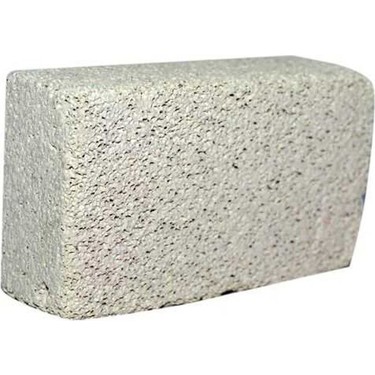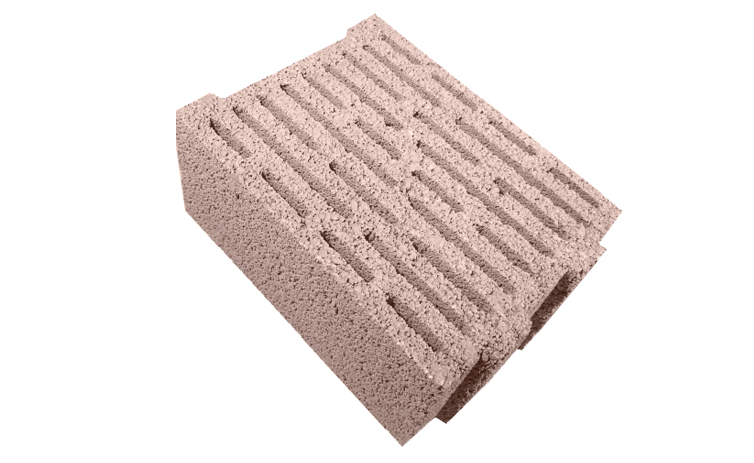What is Bims (Pumice)?

Bims have been used in the construction industry in recent years, especially for heat and sound insulation. It is a natural material formed as a result of volcanic movements. Bims is a low-density product. It is a crystalline, porous, spongy material resistant to physical and chemical effects.
Our country has 9 billion m³ reserves in the Central and Eastern Anatolian Regions. Especially the beds in the Nevşehir region are above world standards in terms of quality. Bims, obtained from licensed fields in Nevşehir or other open pits, classifies the pumice as raw material and uses it as raw material.
History of Bims in the Construction Industry
 We know that Bims was first used as pozzolan cement in the construction sector, as it was in the dome of Hagia Sophia during the Roman period. It started to used in the production of light building materials in Germany in 1851. In Turkey, the first production of professional lightweight construction elements started in Nevşehir in 1984. Today, it has become popular in many countries due to its lightness, naturalness, economy, resistance to earthquakes and fire. For these reasons, it is a preferred material for heat and sound insulation.
We know that Bims was first used as pozzolan cement in the construction sector, as it was in the dome of Hagia Sophia during the Roman period. It started to used in the production of light building materials in Germany in 1851. In Turkey, the first production of professional lightweight construction elements started in Nevşehir in 1984. Today, it has become popular in many countries due to its lightness, naturalness, economy, resistance to earthquakes and fire. For these reasons, it is a preferred material for heat and sound insulation.
Lightweight Construction Elements
After the first production of light construction elements in Nevşehir in 1984, various facilities started to operate. Despite all its advantages, the producers carried out promotional activities to know that pumice is not well known in our country. Thus, they introduced bims and popularized its use. Afterward, pumice became widespread as interior and exterior wall building elements in all kinds of structures and as a hollow block in floors.
Features of Bims
 It is heat and sound insulated. Bims, used as the raw material of lightweight construction elements, naturally provide heat and sound insulation.
It is heat and sound insulated. Bims, used as the raw material of lightweight construction elements, naturally provide heat and sound insulation.
It is earthquake-resistant. Since pumice is a material with high elasticity, the building elements produced from pumice have more strength than other building elements. (The elasticity coefficient against breaking due to earthquake waves is 70.000 kg/cm2.) Since it is six times more flexible than concrete, it can absorb shocks more easily without breaking or cracking and provides resistance against earthquakes.
It is economical. Masters plaster the interior walls directly with gypsum plaster. While building walls in constructions, rough and fine plaster needed on walls made with other building elements; it is sufficient to apply a single layer of plaster on pumice exterior walls. In addition, less plaster is enough since it has a smooth surface. Since the surface of the products is smooth and decorative, it is possible to use them without plastering.
It is fire-resistant. We know that Bims, which has a high melting temperature, is highly resistant to fire. (It has the feature of not catching fire for at least 239 minutes at 1100°C combustion temperature, not losing shape and size, and not emitting smoke.) Pumice with a high melting temperature minimizes the damages of fire since it does not emit any gas harmful to the environment when melted.
It is natural. It balances the ambient humidity. Since pumice contains a high amount of water vapor, it prevents moisture. In addition, due to its porous structure, it makes natural ventilation into the space, creating breathing, odor-free and healthy spaces.
It is environmentally friendly. Since pumice produced only with vibration energy, the required energy requirement is shallow. Since no chemical or biological technique used in production, there is no waste. Moreover, no danger threatens workers’ health.
It is light. One of its most important advantages is that it is lightweight due to its porous structure. The product with a specific weight of 0.6 kg/dm³ is lighter than other building products, thus reducing the load on the building foundation.


